A short photographic trip to Northern Italy
Italy is one of the most famous destination places for tourism, mostly because of its nice coastline and many ancient cities coupled with awesome food. But it has also a lot to offer to ant collectors, as its habitats are diverse and provide a special mixture of Central and Southern European ant fauna with roughly 250 ant species.
Phil Hoenle lives in Germany and the feeling of autumn is now slowly approaching, with less and less ant activity to nurture the anting urges. So, in September 2019, he and his friends decided to go on a short weekend trip to more southern areas where the summer was still strong, but still within easy reach. They decided to head for Northern Italy to the famous Lake Garda and the smaller neighboring Lake Ledro. The region provides an incredible mixture of ant species because it has a Mediterranean climate, but it’s also within the European Alps, so the temperature gradient in the small area is big and has a lot to offer. Here, he presents some selected impressions of the ants that can be found in this region.
A Photoblog contribution by Phil Hoenle

All pictures are © Phil Hoenle

The beautiful Lake Ledro is located at approx. 600 m above sea level and is surrounded by huge mountains. Its water is crystal clear and makes for a nice swim, plus there are some beautiful hiking trails surrounding it. The ants found here comprise both Central European and alpine species. For instance, we found many nests of one of the largest European ant species, Camponotus
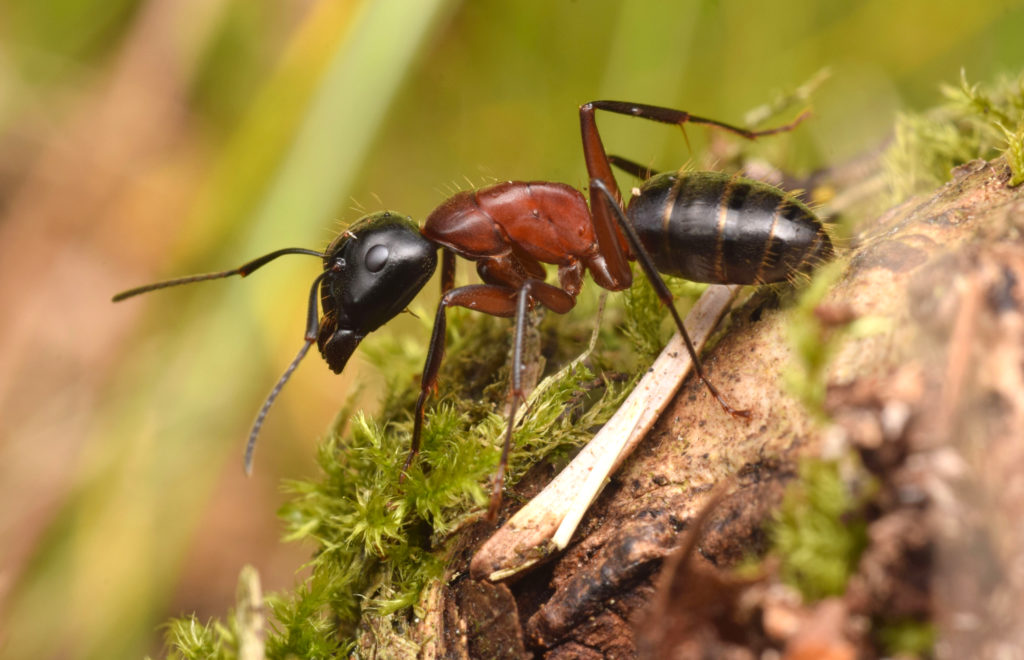
In deadwood, we also found a nest of a temporal social parasitic Lasius of the subgenus Chthonolasius. The workers are uniformly yellow and their nest has a very intricate ant-produced inner structure with many smooth galleries. Unfortunately, they are very hard to identify to species level and we didn’t even try. On the picture, one can recognize a mite sitting below the eye of one worker.

That was not our only mite encounter: A giant predatory velvet mite was found feasting on an alate of an ant, a rather unusual sight.
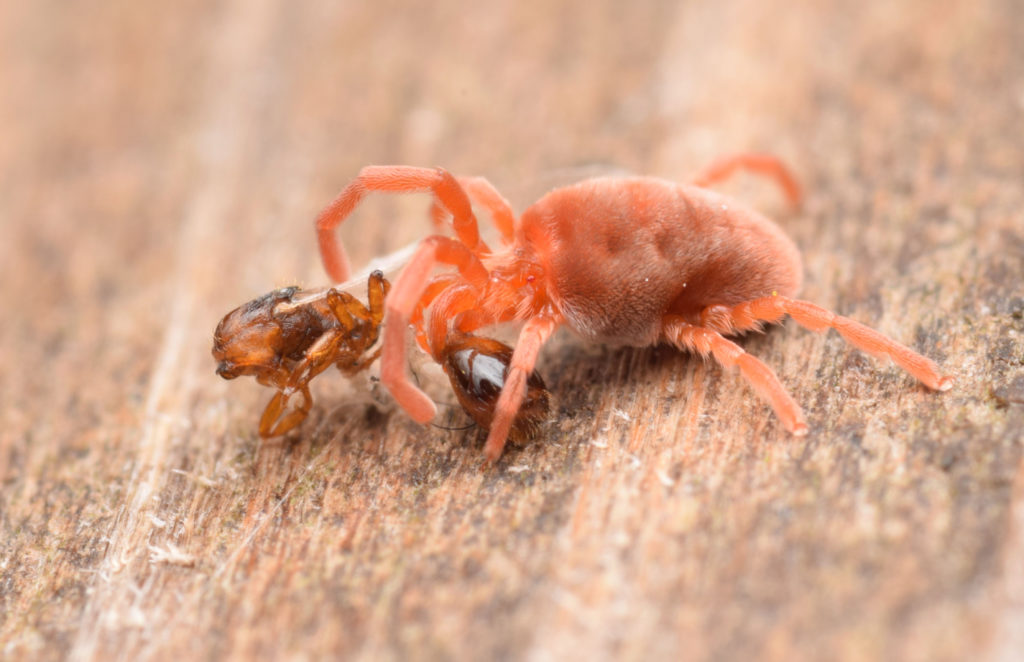
Under stones near the dry, exposed walls, we found many nests of the tiny Plagiolepis cf. pallescens. Nests contain many queens, and freshly-hatched workers can be seen frequently, giving the nests a mixture of dark brown and very light-colored workers.
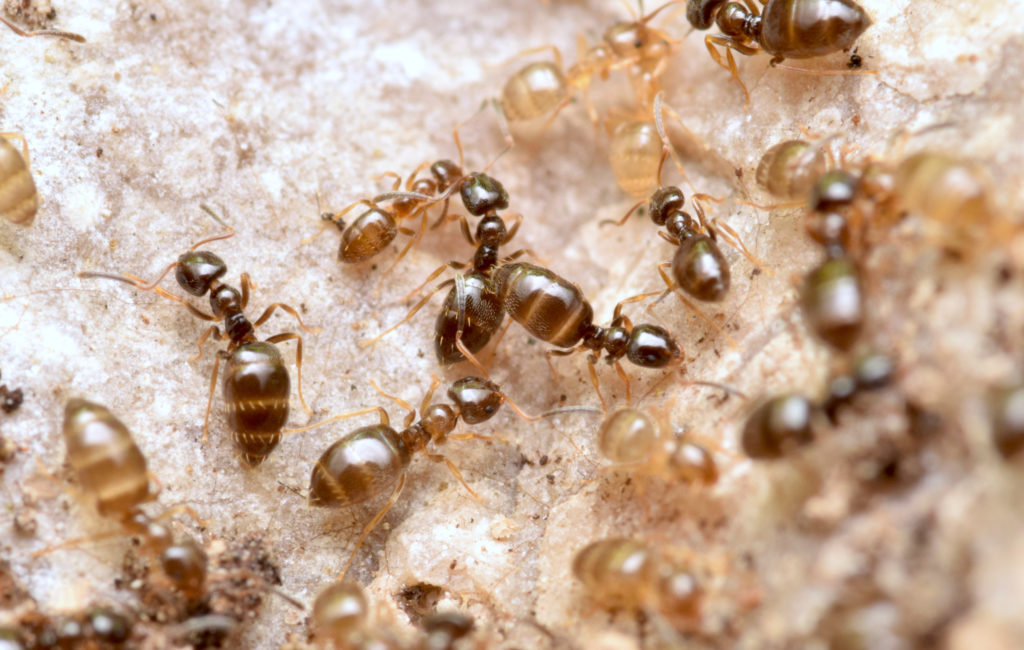
Here, we also encountered one gigantic nuptial flight fittingly right next to a human marriage ceremony. The winged sexuals all belonged to the thief ant Solenopsis fugax, and they roamed like clouds in front of the church, cars, and roads. Spider webs nearby were practically overloaded with males and queens. We observed lots of dealate queens running on the ground.
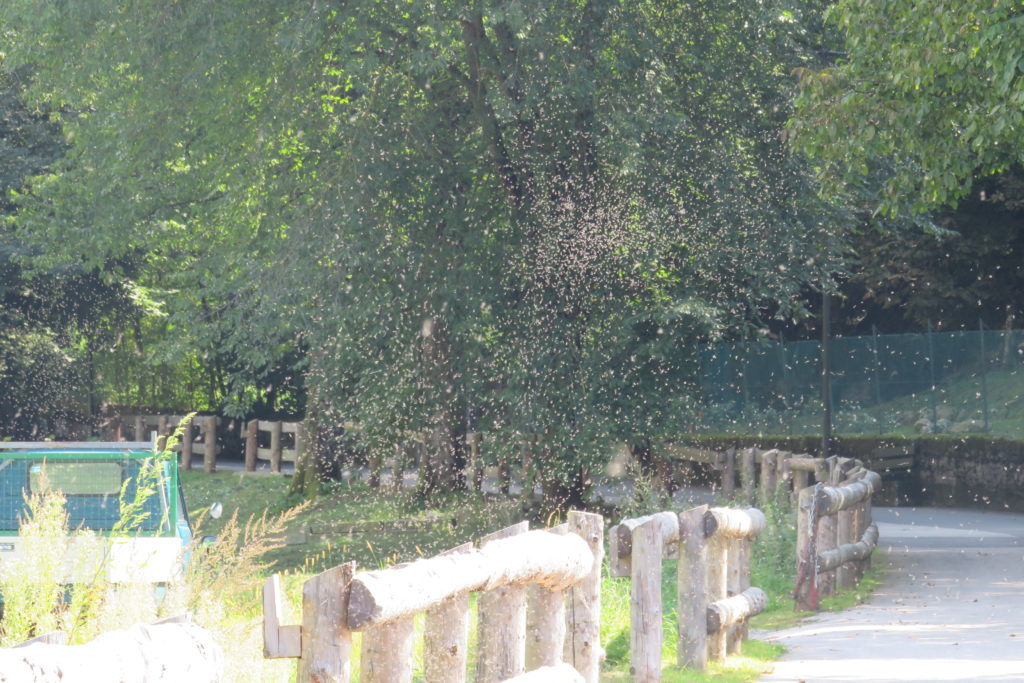
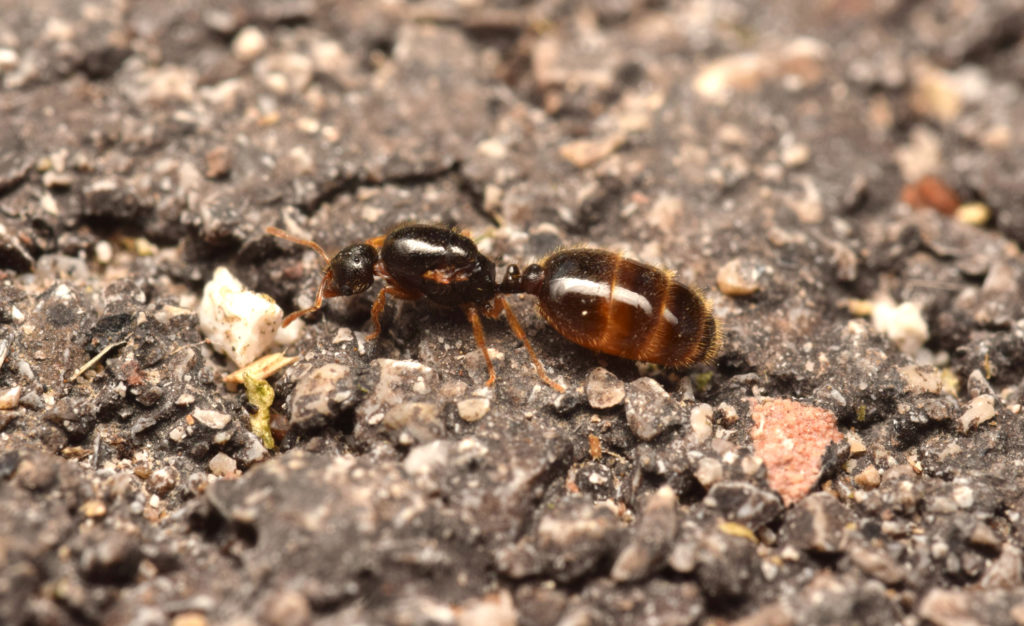
On the rocky and sunny hillside, we discovered also a lot of Temnothorax unifasciatus nests that are usually between rock crevices and sometimes in dead wood. We opened a Temnothorax unifasciatus nest located in a small twig, and I got suspicious. It looked quite ordinary, but we noticed some of the alates inside were surprisingly small. After a closer inspection, it was clear: This was the nest of the social parasitic Temnothorax (=Myrmoxenus) ravouxi!
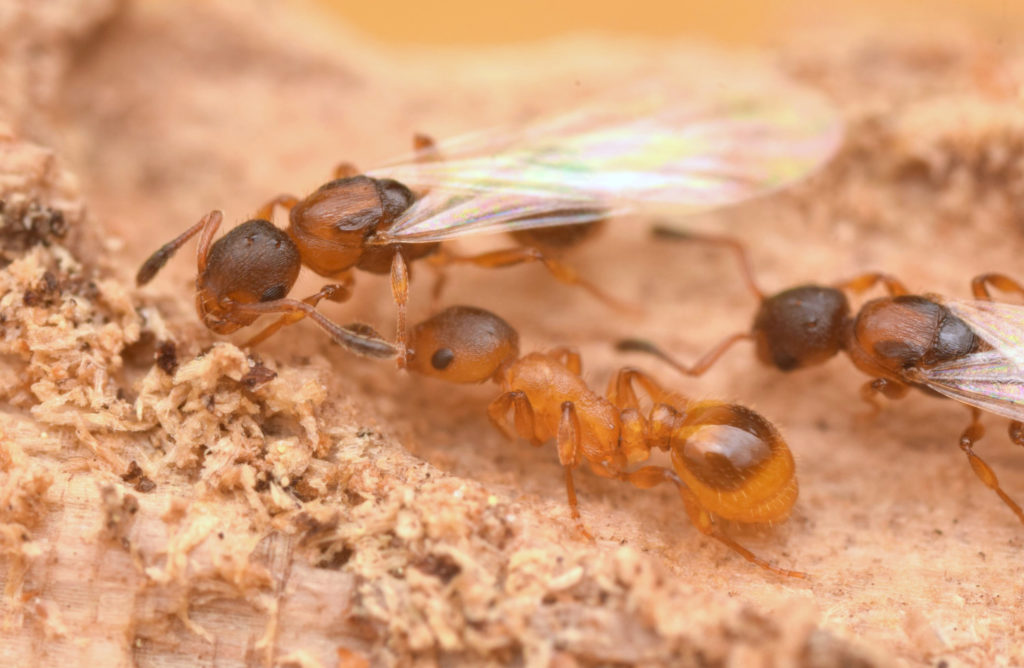
This species is a permanent social parasitic species, and to have a constant supply of host workers they make regular raids on host Temnothorax nests, such as T. unifasciatus, and steal their pupae. The parasites are rather small and hard to distinguish from the host workers without any magnification.
They will have their nuptial flight now in the autumn or next spring. During colony foundation, the young parasitic queen enters a nest of their hosts where she climbs on the host queen and strangles her – this strangulation process can last several weeks up to even months! Both the queen and workers have rather large eyes.
Alfred Buschinger, the expert of these social parasites, wrote me this anecdote. Before his research Temnothorax ravouxi were considered to have a „useless“ worker caste, it was unknown that they would engage in raids. His student Ursula Winter and he started experimenting because they wondered about the large eyes of the workers. At their lab in Darmstadt, the first raids were observed. It turned out the workers were not useless after all!
On the picture below, one can recognize a rather large T. ravouxi worker with intercaste features. On the right is the host worker, on the left the parasite.
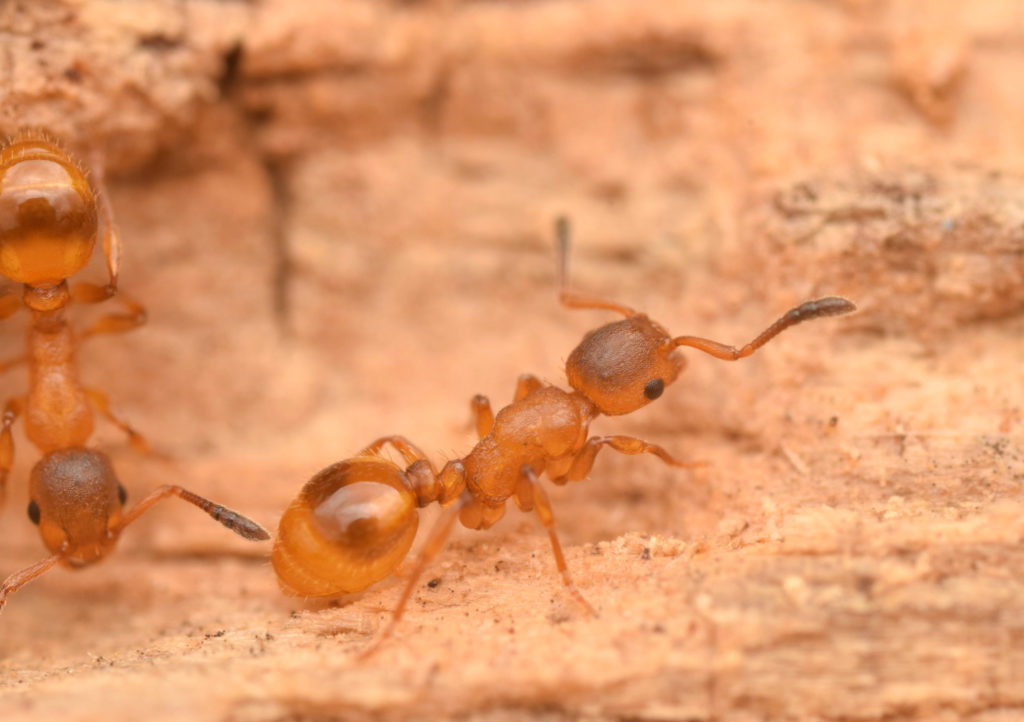

The giant Lake Garda is a barely 20 minutes drive from Lake Ledro, but much lower in altitude (65 m.a.s.l). Here, the Mediterranean climate is dominant, for instance, one can see many oaks and olive trees. This expressed itself immediately in the ant fauna, and we were surprised how strongly the ant species composition between the two lakes differed. On our first walk in a dry side valley, we immediately encountered the beautiful redheads Crematogaster scutellaris. They have rather large colonies living in deadwood. Here, we fed a spider to them, which was immediately accepted and defended with typical crematogaster-esk gaster wiggling. In contrast to other ant species, Crematogaster scutellaris workers don’t try to drag complete prey items to their nest. Instead, they break them apart in tiny pieces that are individually carried, often resulting in long ant trails.
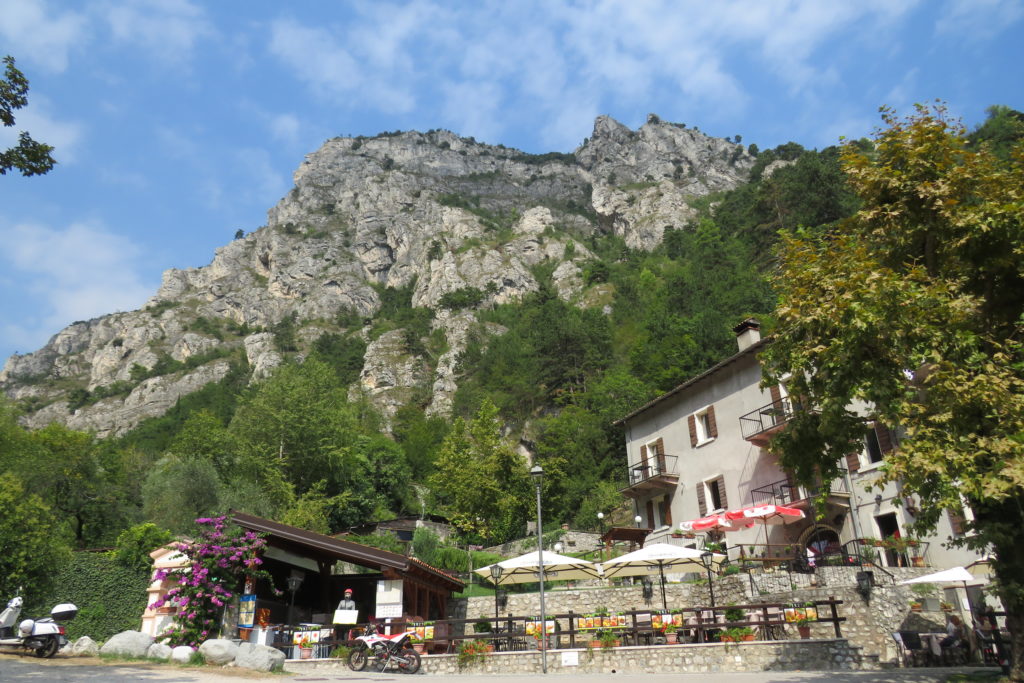

Crematogaster scutellaris chemical defense is so nasty that there are even some imitators. The beautiful Camponotus lateralis have the same red and black color patterns as Cr. scutellaris, and can often be found within their vicinity. Here, a colony was nesting under a stone, and the beautiful queen was sitting on her pile of eggs.
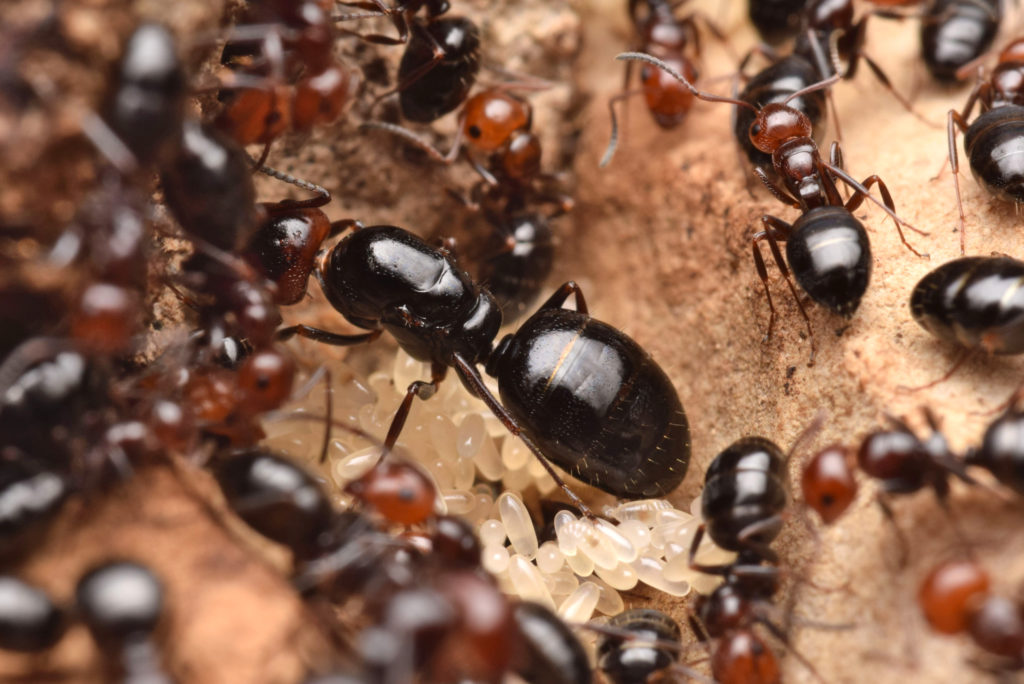
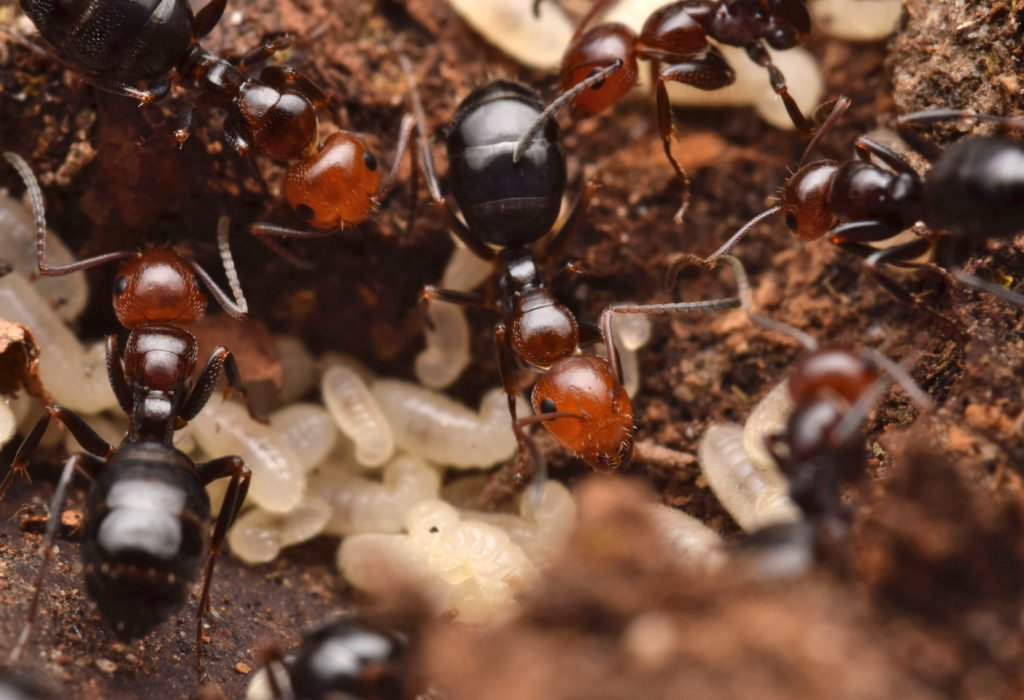
Another common and typical species is Pheidole pallidula. When given a bait, they exhibit a typical fast recruitment response, and also some soldiers come out and help. Even larger prey items are swiftly transported back to the nest.
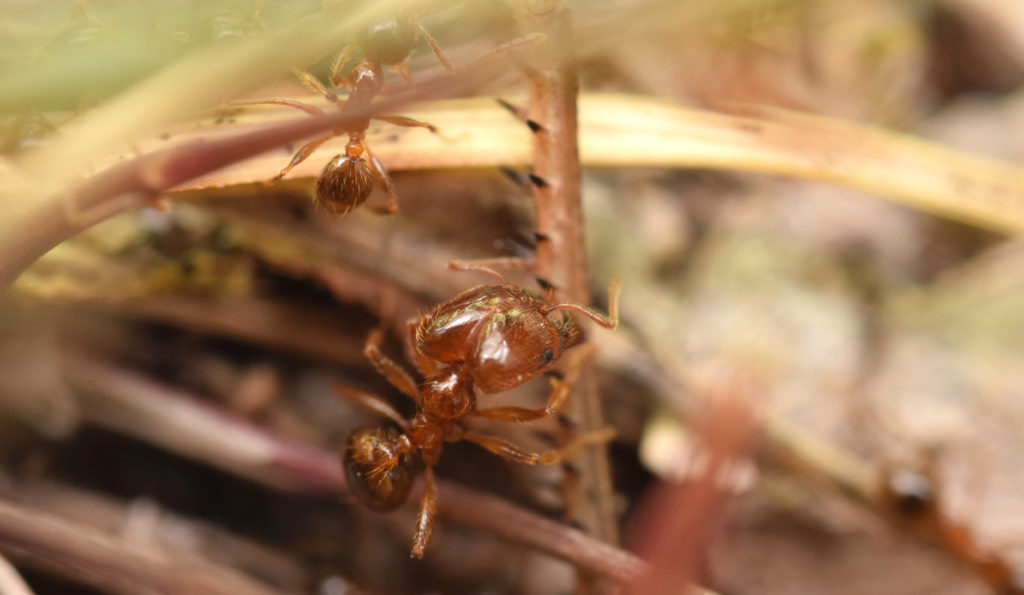
When we lifted a stone with a Pheidole pallidula nest underneath, we saw a lot of Solenopsis fugax thief ant workers in their brood chambers. They are called thief ants because they like to steal and eat the brood of other ants. Initiated through our disturbance, fights broke out between them. Solenopsis have a really nasty alkaloid poison, so they could successfully defend themselves at the somewhat larger Pheidole. In the picture, one can also notice the size polymorphism of the thief ants (left).
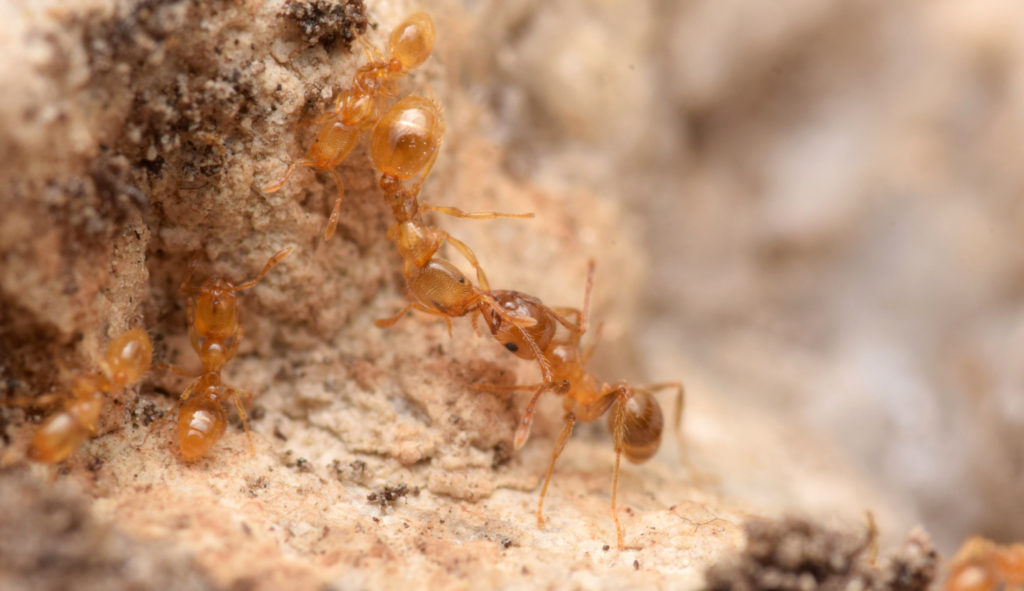
Beneath some conifers on an exposed hillside with rocky ground, we found nests of Temnothorax
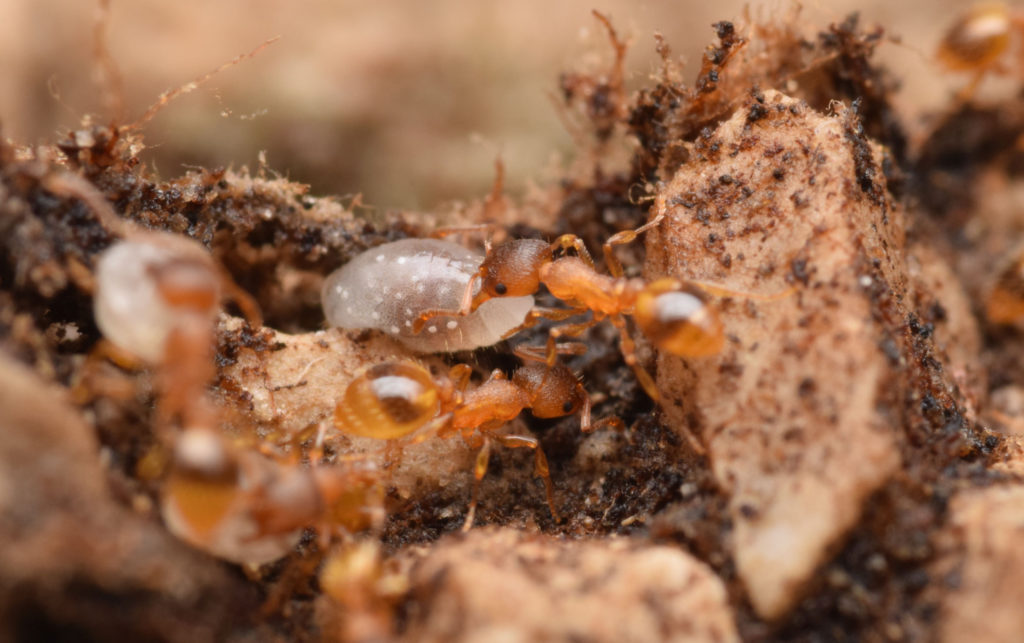
In the late afternoon, a Myrmica cf. sabuleti nest started a nuptial flight. Queens were running up one particular small plant stem and started flying off from there. Workers were also all around them, defending against potential perpetrators. After my slight disturbance, they stopped immediately with their activity.

And this was the end of our nice trip. I can highly recommend this place, but especially in summer, it gets super touristy! But one can always find some abandoned trails to observe the beautiful ants here.


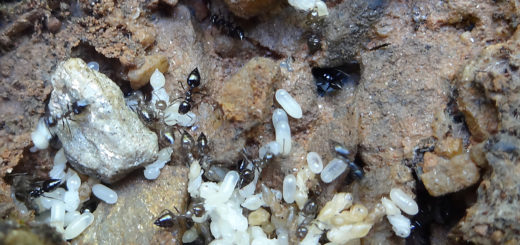
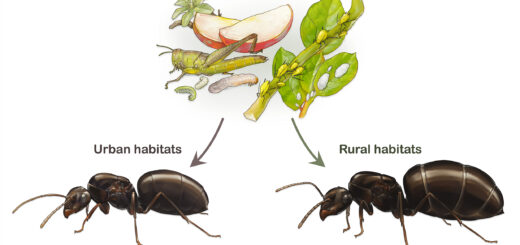
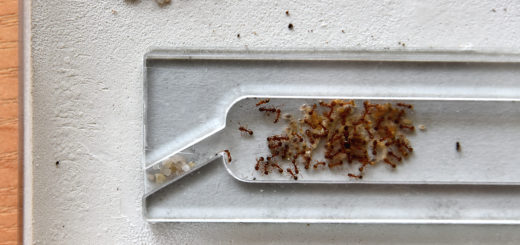
Recent Comments